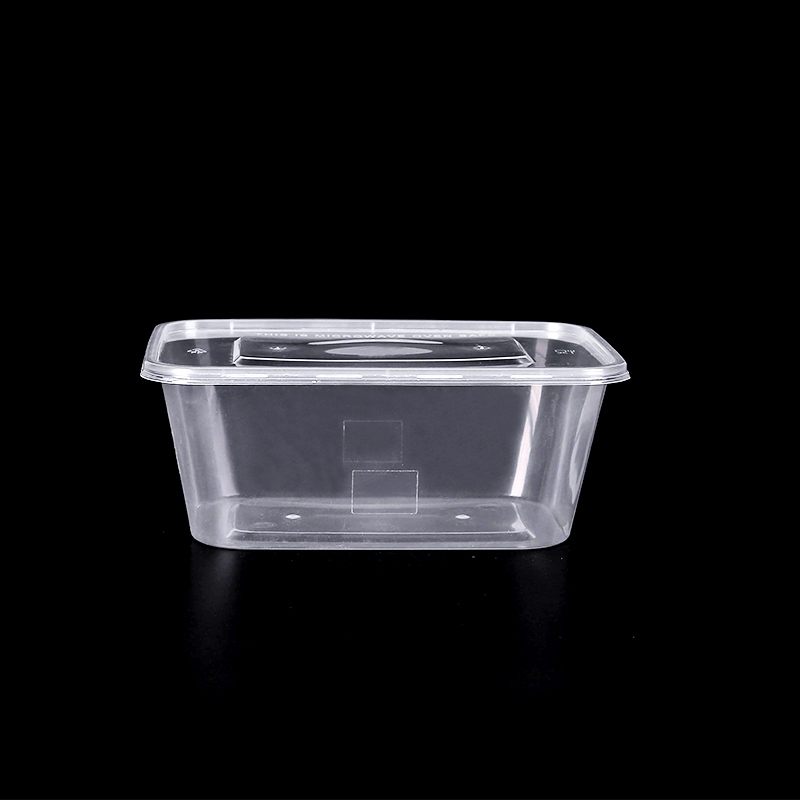
Disposable food containers are a popular choice for serving food at events, parties, and other gatherings where dishes need to be easily transported and disposed of. There are many types of disposable food containers available on the market, each made from different materials and with varying levels of durability. In this article, we will compare the durability of different disposable food containers made from paper, plastic, and foam.
Paper food containers are a common choice for serving hot and cold foods. They are typically made from paperboard or cardboard and are coated with a thin layer of wax to make them water-resistant. Paper containers are lightweight and biodegradable, making them an environmentally friendly option. However, paper containers are not as durable as plastic or foam containers and can easily tear or become soggy when exposed to liquids for an extended period of time. They are suitable for serving dry foods or foods with minimal moisture content.
Plastic food containers are another popular choice for serving food on the go. They are typically made from polypropylene, polystyrene, or PET plastic, which are known for their durability and resistance to moisture and heat. Plastic containers are lightweight, stackable, and come in a variety of shapes and sizes to accommodate different types of food. They are also recyclable, making them a more sustainable option compared to foam containers. However, plastic containers can crack or become brittle when exposed to high temperatures, making them unsuitable for reheating food in the microwave or oven.
In conclusion, the durability of disposable food containers varies depending on the material they are made from. Paper containers are lightweight and biodegradable but not as durable as plastic or foam containers. Plastic containers are durable and resistant to moisture and heat but can become brittle when exposed to high temperatures. Foam containers are lightweight and insulating but not as environmentally friendly or durable as paper or plastic containers. When choosing a disposable food container, consider the type of food you will be serving and how it will be transported and handled to ensure that it meets your needs for durability and sustainability.


